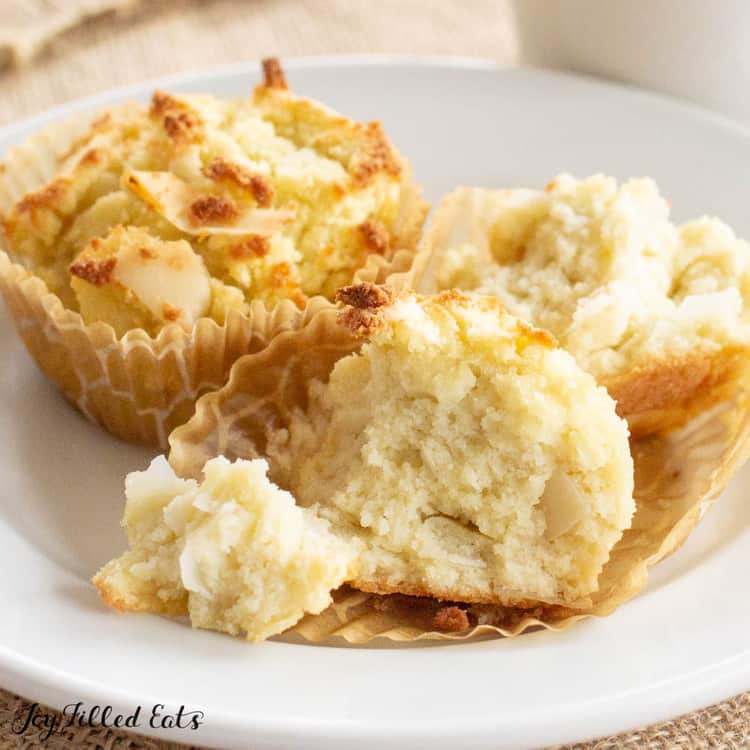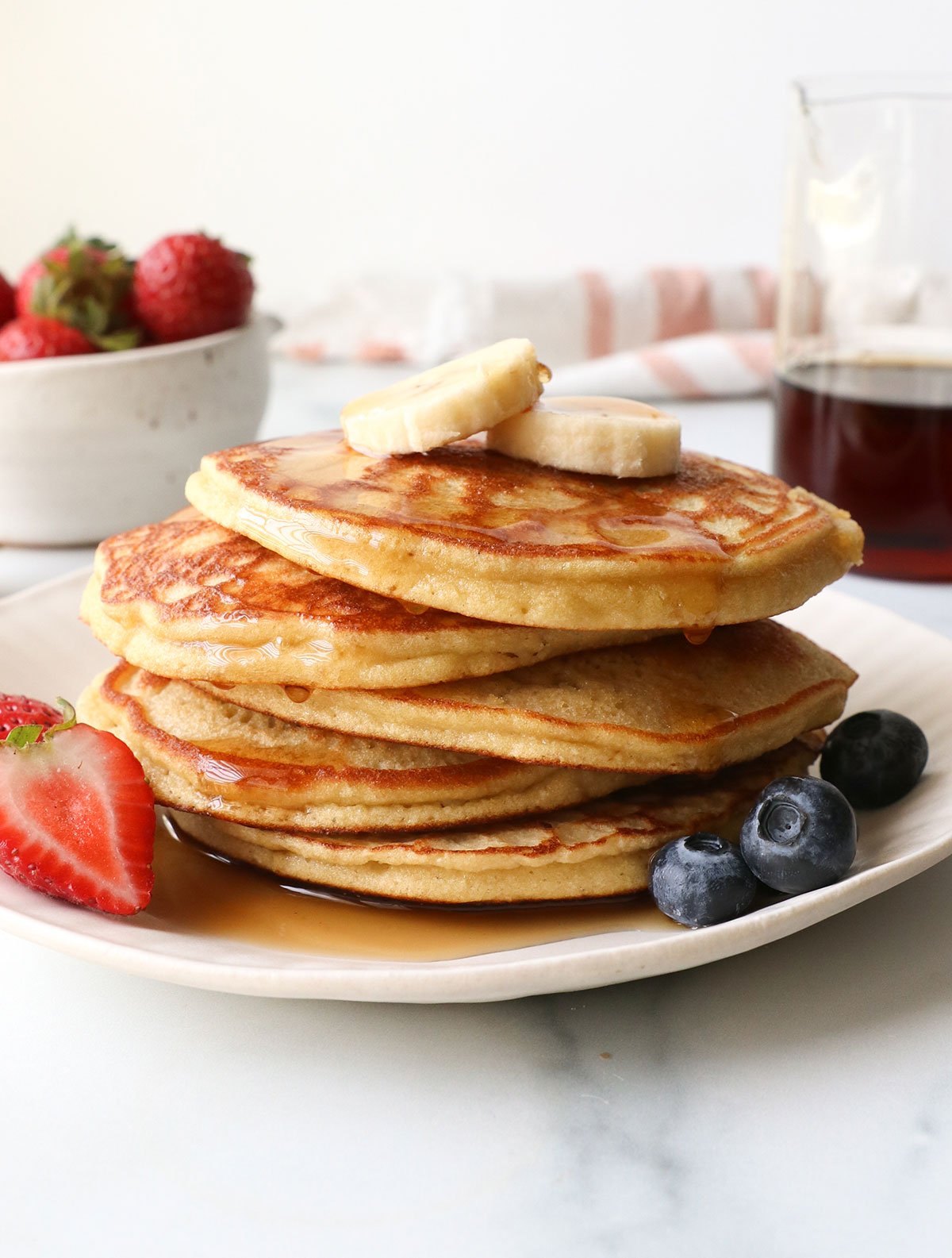Are you looking for tasty, low-carb recipes that fit perfectly into your keto lifestyle? Coconut flour keto recipes are exactly what you need.
They’re not only delicious but also packed with nutrients and easy to use. Whether you want to bake, snack, or cook a full meal, coconut flour offers a versatile and healthy option that keeps your carbs in check. Keep reading, and you’ll discover simple, mouth-watering recipes that will make your keto journey easier and more enjoyable.
Your taste buds and your body will thank you!
Benefits Of Coconut Flour In Keto Diet
Coconut flour is a popular choice for many on the keto diet. It offers several benefits that fit well with low-carb eating plans. This flour comes from dried coconut meat, making it a natural and healthy ingredient for keto cooking.
Using coconut flour helps keep meals low in carbs while adding fiber and healthy fats. It also supports gluten-free baking, which is helpful for people with gluten sensitivity. Below are some key benefits of coconut flour in a keto diet.
Low-carb And High-fiber Content
Coconut flour contains very few net carbs. It is rich in fiber, which slows digestion and supports gut health. This helps keep blood sugar levels steady. The fiber also helps you feel full longer, reducing hunger.
Gluten-free Baking Alternative
Coconut flour is naturally gluten-free. It works well for people who cannot eat wheat or gluten. Using it in recipes creates soft, tasty baked goods without gluten. This makes it a good option for keto-friendly bread and desserts.
Rich In Healthy Fats And Protein
Coconut flour has healthy fats that provide energy. It also contains protein, which supports muscle health. These nutrients help maintain energy and keep you satisfied during the day.

Credit: joyfilledeats.com
Baking Tips For Coconut Flour
Coconut flour is a popular choice for keto baking. It is high in fiber and low in carbs. But baking with it needs special care. The flour soaks up liquids quickly. This can change the texture of your baked goods. Knowing some key tips helps you get the best results. These tips cover liquid amounts, mixing flours, and common mistakes.
Adjusting Liquid Ingredients
Coconut flour absorbs much more liquid than regular flour. Use extra eggs or liquids like water or milk. This keeps your batter moist. Too little liquid makes dry, crumbly cakes and bread. Start by adding an extra egg for every 1/4 cup of coconut flour. Then add more water or milk if needed. Watch the batter’s thickness. It should be thicker than usual but not dry.
Balancing Coconut Flour With Other Flours
Mixing coconut flour with other low-carb flours helps texture. Almond flour is a good choice. It adds moisture and softness. Use about 1/4 cup coconut flour with 3/4 cup almond flour. This balance prevents dryness. It also improves flavor and structure. Experiment with ratios to find what you like best. Each flour adds unique taste and feel.
Common Mistakes To Avoid
Using the same amount of coconut flour as wheat flour is a mistake. Coconut flour needs less quantity because it is dense. Not adding enough eggs leads to crumbly results. Skipping rest time also hurts texture. Let the batter sit for 5-10 minutes to absorb liquids well. Overbaking dries the baked goods quickly. Check for doneness early and often.
Sweet Coconut Flour Recipes
Coconut flour is a popular choice for sweet keto recipes. It adds a mild coconut flavor and is low in carbs. This makes it perfect for tasty treats that fit your keto diet.
Sweet coconut flour recipes are easy to make and satisfy sugar cravings. They keep you on track without feeling deprived. Here are some simple and delicious options to try.
Keto Coconut Flour Pancakes
Keto coconut flour pancakes are fluffy and light. They cook quickly and taste great with butter or sugar-free syrup. Use eggs and cream cheese for moisture. These pancakes keep carb counts low and energy high.
Low-carb Coconut Flour Muffins
Low-carb coconut flour muffins make a perfect snack or breakfast. Mix coconut flour with almond flour for a soft texture. Add vanilla and cinnamon for extra flavor. These muffins stay fresh for days when stored properly.
Sugar-free Coconut Flour Cookies
Sugar-free coconut flour cookies are sweet without the sugar spike. Use natural sweeteners like erythritol or stevia. Add shredded coconut or nuts for crunch. These cookies are easy to bake and great for sharing.

Credit: detoxinista.com
Savory Coconut Flour Recipes
Savory coconut flour recipes offer a tasty way to enjoy low-carb meals. Coconut flour adds texture and flavor without the carbs. It works well in many dishes, from bread to pizza crusts.
These recipes make keto cooking easy and fun. They help you stay on track without missing your favorite savory foods.
Keto Coconut Flour Bread
Keto coconut flour bread is soft and fluffy. It uses eggs and coconut flour for a light texture. This bread is perfect for sandwiches or toast. It has fewer carbs than regular bread. You can add herbs or spices for extra taste.
Low-carb Coconut Flour Crackers
Low-carb coconut flour crackers are crispy and simple. They make a great snack or appetizer. You only need a few ingredients like coconut flour, cheese, and seasonings. These crackers bake quickly and stay fresh for days. Dip them in your favorite low-carb sauces.
Coconut Flour Pizza Crust
Coconut flour pizza crust is thin and chewy. It holds toppings well without getting soggy. You mix coconut flour with eggs and cheese for binding. This crust cooks fast and has a mild coconut flavor. Perfect for a quick keto dinner that feels like a treat.
Storing And Using Coconut Flour Bakes
Coconut flour bakes are a tasty and healthy choice for keto diets. Knowing how to store and use them keeps their flavor and texture fresh. Proper care helps reduce waste and saves time.
Storing coconut flour baked goods correctly keeps them soft and moist. Using smart reheating methods brings back their fresh taste. Leftovers can become new meal ideas, making your cooking easier and more fun.
Best Storage Practices
Store coconut flour bakes in an airtight container. Keep them in a cool, dry place away from sunlight. For longer storage, use the refrigerator. Wrap each piece with plastic wrap or foil to prevent drying out. Freeze any extra portions for up to three months.
Reheating Tips
Reheat coconut flour bakes gently to keep moisture. Use a microwave for short bursts, about 20 seconds. Avoid overheating to stop dryness. Oven reheating works well at 300°F for 5-10 minutes. Cover with foil to keep softness while warming.
Incorporating Leftovers In Meals
Use leftover coconut flour bakes as a base for snacks. Crumble them over salads or yogurt for extra texture. Turn slices into keto-friendly sandwiches or wraps. Blend small pieces into smoothies for added fiber. Leftovers make quick, tasty additions to many dishes.

Credit: www.wellplated.com
Conclusion
Coconut flour fits well in a keto diet. It adds fiber and healthy fats to meals. You can make bread, pancakes, and cookies easily. These recipes keep carbs low and taste great. Enjoy cooking with coconut flour for variety and health.
Try different recipes to find your favorites. Keep your keto journey tasty and simple.



